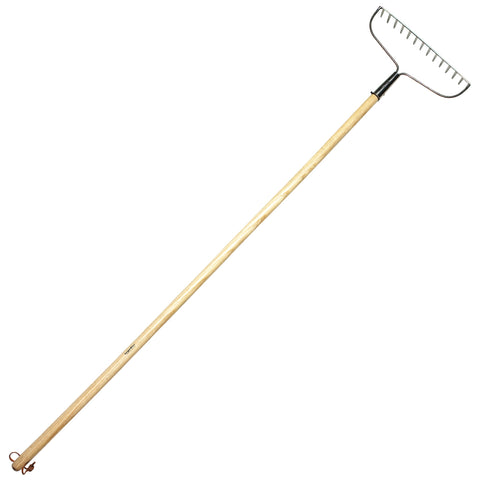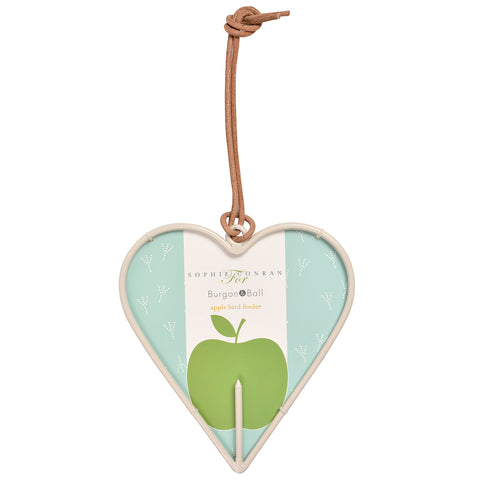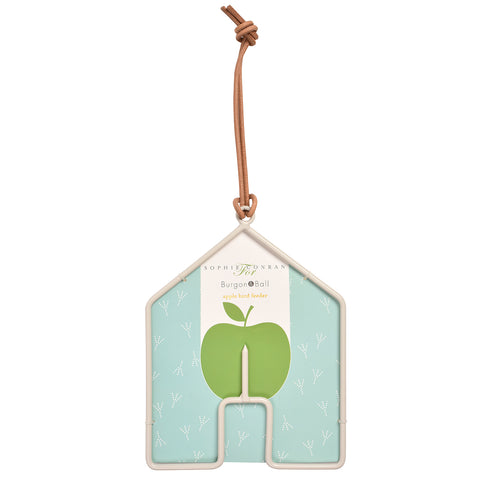After winter’s vicious last hurrah with the fierce Beast from the East and the misleadingly-gently-named Storm Emma, we’re all looking forward to the turn of the seasons, and to getting on with spring.
The nature in our gardens is daring to peep out as the snows recede, and creatures are starting getting on with the serious business of raising a family. And as curators of our own personal green oases, we gardeners can give a real helping hand to the wildlife around us, by creating the spaces and conditions they need to survive and thrive.
So how can you help give nature a home this year? There are lots of ways to create small areas in your garden to give a foothold to the creatures that live there. It’s not only really rewarding for you – and huge fun for the kids – but it can also be a vital lifeline for some once-common species which are now really struggling.

Feathering the nest
We’re now into nesting time, so just like us, our garden birds are on the lookout for cosy homes and tasty food for the little ones. If you don’t already have a nestbox in your garden, please consider adding one. Different species of bird prefers different locations and heights, but some guidelines apply across the board. The RSPB recommends locating your nest box to face between north and east, so that it’s shielded from both direct sunlight and the wettest winds - and don’t forget to position it out of the reach of squirrels and cats. You can also find guidance on positioning from the British Trust for Ornithology
A comfy nest also needs a comfy bed, so try to leave small piles of twigs, moss and hay near bird feeders to ensure there’s a good supply of nest material for your local birds – it might encourage them to choose your garden for their nursery! Small tufts of wool, or pet and even human hair can be tempting, too. Don’t put pet hair out if it’s recently been treated for fleas, though.
Perfect ponds
If you don’t already have a pond, make this the year to think about adding one to your garden. If you build it, the wildlife will come! Ponds are great for amphibians, but also a great attraction for all kinds of insect life. Make sure you incorporate plenty of nooks and crannies around the edges where frogs and toads can shelter, and include shallow areas at the sides to help creatures get in and out of the water. Then sit back and look forward to a summer of dazzling dragonflies darting around the garden!
If you already have a pond, this is the perfect time of year for a little pond maintenance. Ponds can get clogged with plants running rampant, so divide and repot as necessary. Clear leaves and other debris which has accumulated on the surface, and add some anacharis plants to help reduce some of the algae growth in the season ahead. Remember to let any debris you remove rest by the edge of the water for at least 24 hours, to give any creatures adhering enough time to crawl back to the water. And your local amphibians may already have spawned by now, so keep an eye out for frog and toadspawn – you may need to wait until the youngsters have left before your tidy-up.
Happy hedgehogs
Hedgehogs are in desperate need of a helping hand; their numbers have plummeted by more than half since 2002, according to a new report. These adorable little creatures are a gardener’s best friend, as they love nothing more than feasting on slugs and snails. So if you’re lucky enough to have a hedgehog visit your garden – and you’ll soon know if you have one, they’re not the quietest of beasts! – you can give their diet a nutritious boost by putting out water and meat-based cat or dog food for an easy meal. Bread and milk does them no good, though, and remember to dispose of leftover food in the morning, or it might attract vermin.
Hedgehogs are roamers, so leaving small holes in the base of fences so they can move from garden to garden can help them patrol their territories to find enough food. The Hedgehog Street campaign has been set up to help raise awareness of hedgehogs’ plight – visit the website for lots of info on how you can help.
Plant a mini-meadow
Adding a wildflower patch to your garden is a brilliant way to attract insects to your garden. They’re not only beautiful in themselves and essential for pollination, they also provide food for the many species of birds and bats in and around our gardens. And of course, the sight of a patch of poppies, cornflowers and corn marigolds blazing with colour in the summer sunshine can’t fail to lift the spirits.
Even a square metre will give a boost to the wildlife in your garden, so set aside some space this year. Early spring is the perfect time to plant a mini-meadow, and there are plenty of seed mixes available. Look for mixes which contain native flowers like Common (Field) Poppy, Corn Marigold, Corncockle, Cornflower and Corn Chamomile. They are often called 'cornfield annual seed mixes' – and they’ll give gorgeous blooms the same year they’re planted. Simply scatter the seed on clear ground, and lightly rake over.
So make this summer the time to give nature a home in your garden. If we all do a little something, we really can make a difference to the wildlife on our doorsteps.





